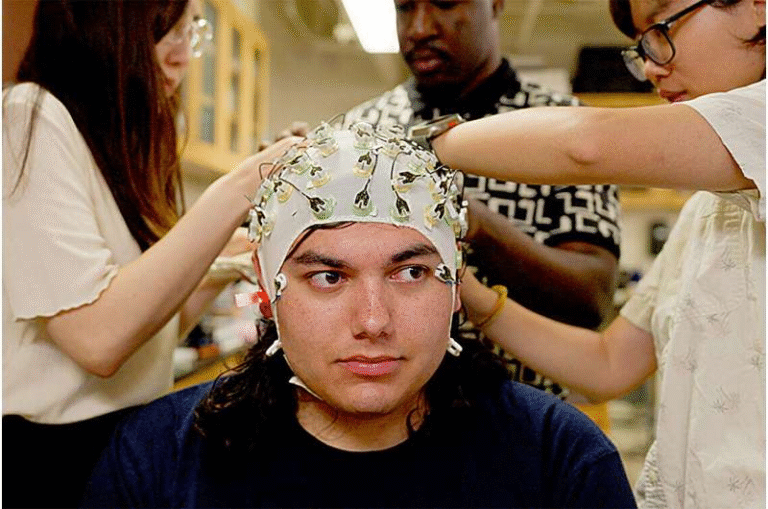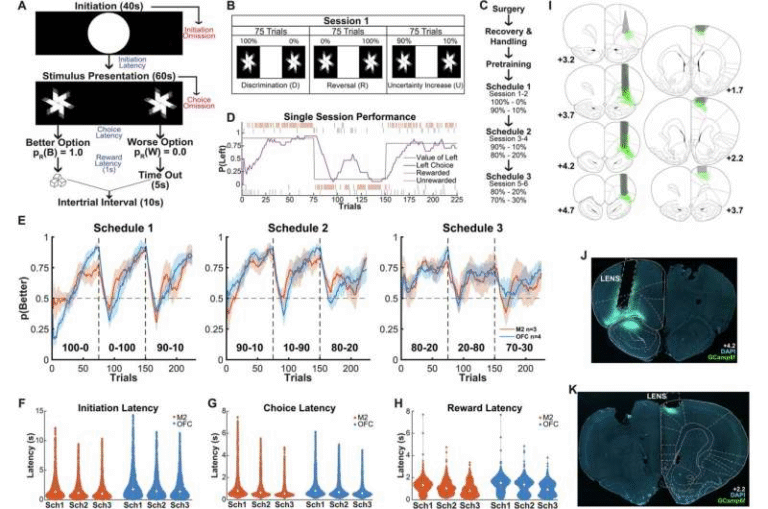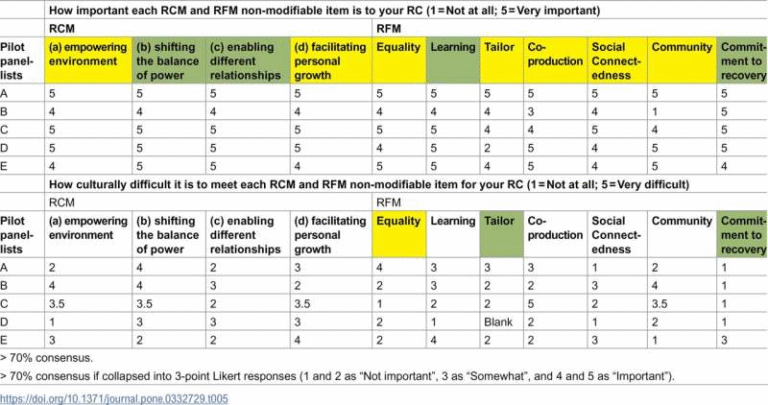Short Inspirational Videos Can Reduce Stress Just as Well as Meditation, Says New Study
A new study by the American Psychological Association (APA) has found that watching short inspirational videos can lower stress levels as effectively as meditation. The research, published in Psychology of Popular Media, explored how brief exposure to uplifting media content can help people cope with daily stress—especially when they feel too busy to meditate or relax through other methods.
Stress, as we know, is an unavoidable part of life, but for many people, it’s becoming overwhelming. The APA’s Stress in America survey reports that a majority of adults between 18 and 44 say they experience moderate to extreme stress on a daily basis. Traditional stress-relief techniques like meditation, exercise, or social activities are proven to help, but not everyone has the time or energy for them. That’s what led Dr. Robin Nabi and her team at the University of California, Santa Barbara, to investigate whether short, hopeful videos might offer a simpler, more accessible way to relax.
What the Study Looked At
The study, titled “Media Versus Meditation: A Comparison of the Stress-Relieving Benefits of Multiple Media Experiences,” involved more than 1,000 U.S. adults and was conducted over a four-week period during the holiday season—between Thanksgiving and Christmas, when stress levels tend to spike.
Participants first completed a baseline questionnaire to measure their initial stress. The following week, they were randomly divided into five groups, each given a different daily activity lasting about five minutes for five days straight.
The five groups were assigned as follows:
- One group watched short inspirational videos designed to evoke feelings of hope and resilience.
- Another group watched comedy segments to trigger laughter.
- A third group followed a guided meditation routine.
- A fourth group was told to scroll through their phones freely, mimicking everyday digital habits.
- A control group received no specific instructions about media use.
After each session, participants answered questions about their emotional state—specifically, how hopeful, calm, or positive they felt at that moment. Researchers then followed up with everyone a week later and again ten days after the experiment ended to see whether these brief daily experiences had any lasting effects on stress.
What They Found
The results were surprisingly clear. Those who watched inspirational videos or engaged in guided meditation reported feeling significantly more hopeful during the week of the experiment compared to the control group. That boost in hope wasn’t just a fleeting emotion—it predicted lower stress levels both in the short term and up to ten days later, even after the activity had stopped.
On the other hand, people who watched comedy clips or browsed their phones said they were entertained and amused in the moment, but those feelings didn’t lead to any noticeable reduction in stress later on.
The researchers concluded that hope was the key emotional factor. When people saw examples of others overcoming difficulties or achieving positive outcomes, it appeared to create a mental shift—a belief that they too could handle their challenges. That mindset helped reduce stress beyond the initial viewing experience.
Why “Hope” Makes the Difference
This study highlights something interesting about how our emotions interact with stress. While laughter and distraction feel good temporarily, hope seems to provide a deeper psychological buffer. Hope encourages action and resilience. It tells the brain, “Things can get better,” which can motivate people to deal with life’s difficulties rather than just escape them.
In other words, hope doesn’t just relax us—it reorients how we think about our problems. That’s why even a few minutes of watching a positive video can leave lingering emotional effects.
This finding supports what researchers call a “media prescription” approach—using brief, uplifting media experiences as a mental health tool. It’s not meant to replace meditation, therapy, or exercise, but rather to add another practical option for stress management.
Media and Mental Health: A Complicated Relationship
For years, media has gotten a bad reputation for worsening mental health—especially with constant exposure to negative news, social media pressure, and doomscrolling. But this study challenges that one-sided view. It suggests that not all media is harmful—the effects depend on the type of content and the intention behind its use.
When media is used intentionally—to relax, inspire, or reconnect with positive emotions—it can be beneficial. The problem isn’t the screen itself but what we choose to watch and how we use it.
This is supported by previous research showing that watching “kindness media” or uplifting stories can boost feelings of calm, gratitude, and happiness almost instantly. Similarly, positive social media stories about recovery and coping—sometimes referred to as the “Papageno effect”—have been shown to reduce suicidal thoughts and feelings of helplessness by modeling resilience.
How It Compares to Meditation
Meditation has a long track record as a scientifically backed method for reducing stress and improving emotional well-being. Dozens of studies and reviews have confirmed its benefits, including a 2011 meta-analysis that found mindfulness meditation can increase subjective well-being and reduce symptoms of anxiety and depression.
However, meditation doesn’t come naturally to everyone. Many people struggle with time constraints, focus issues, or motivation, especially during stressful periods. In contrast, watching a short video requires almost no effort, which makes it accessible and easy to maintain.
Dr. Nabi’s study doesn’t argue that videos should replace meditation, but it does suggest that curated media could serve as a useful supplement—a quick emotional reset for those who might not have time for a full meditation session.
Limitations and Cautions
Like all research, this study has its limits. The findings are based on self-reported data, which relies on participants’ honesty and awareness of their emotions. The intervention lasted only five days, and stress levels were tracked for about ten days afterward, so it’s unclear whether the effects would last longer.
The participants were all U.S. adults, meaning the results might not apply universally to people from other cultures or age groups. Also, not all “inspirational” videos are created equal—content quality, storytelling style, and emotional tone likely matter.
Finally, while using media as a stress-relief tool has promise, there’s still a need to balance screen time overall. Overuse of digital devices can harm sleep and attention, so “media prescriptions” must be approached thoughtfully.
The Takeaway
This study is a refreshing reminder that a few minutes of positivity can go a long way. In a world filled with constant stress and endless digital noise, purposefully choosing content that inspires hope and optimism might be a simple yet powerful way to feel better.
The research team’s main message is practical: if you can’t meditate every day, try watching a short, hopeful video instead. It’s not a cure-all, but it might help you feel a bit calmer, more motivated, and better equipped to handle whatever comes next.
Research Reference:
Media Versus Meditation: A Comparison of the Stress-Relieving Benefits of Multiple Media Experiences, Psychology of Popular Media (2025).
DOI: 10.1037/ppm0000623






